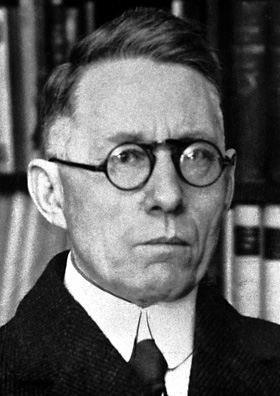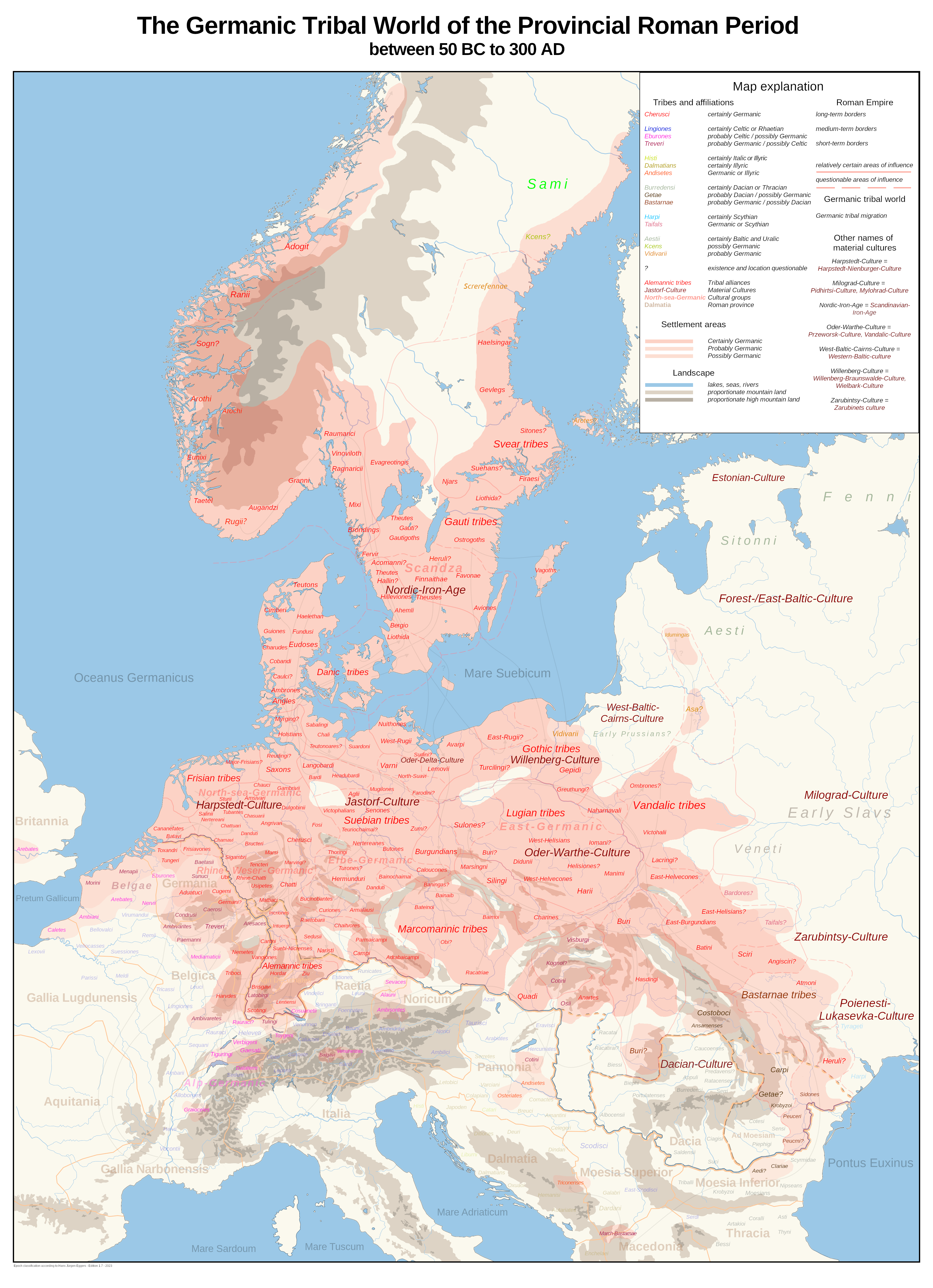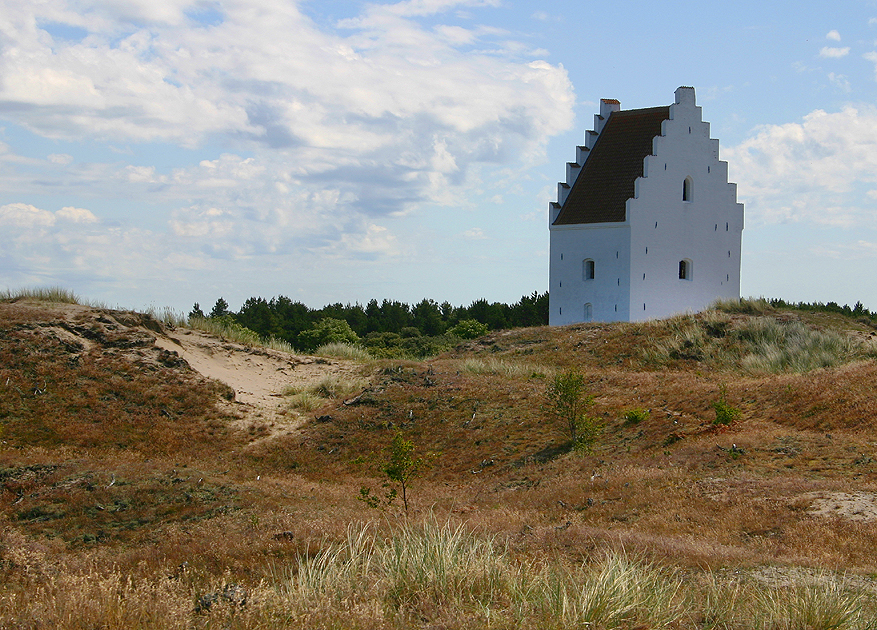|
Ă
rs
Aars or à rs, () is a Denmark, Danish town with a population of 8,708 (1 January 2025)BY3: Population 1. January by urban areas, area and population density The Mobile Statbank from Statistics Denmark in Himmerland, Denmark. Administratively, Aars is the municipal seat of Vesthimmerland Municipality and biggest town of Vesthimmerland Municipality, Region Nordjylland since 2007 and it was also the seat of the mayor in the now abolished Aars Municipality. The town was founded in the 14th century. It is one of the four principal towns of Vesthimmerland, the other ones being FarsÞ, LÞgstÞr and Aalestrup. Aars is a former railway town. It is currently the 77 largest city in Denmark just behind NivÄ but in front of LÞgten in Aarhus Municipality. It is the 11th biggest town/city in Regio ... [...More Info...] [...Related Items...] OR: [Wikipedia] [Google] [Baidu] |
Aars Stone
The Aars stone () or DR 131 is a late Viking Age runestone located on a mound in the churchyard at Aars in Himmerland, Denmark. Dated to the late 10th to early 11th century, it bears an inscription in the Younger FuĂŸark in memory of Toke Gormsson, known as Valtoke, who died at the Battle of FĂœrisvellir. Description The stone is high and wide. It is inscribed on both sides, and decorated with semicircles inside the text band and a "U" shape above the text on the front. It is dated to between 970 and 1020.First described by J. Meier in 1654, it was lying face-down in the churchyard; in 1838 examined it and discovered the inscription on the front. In the 1920s it was re-erected on a mound west of the south transept. It is believed to have originally stood north-east of the church, probably as part of a memorial assemblage comparable to the Jelling stones. The inscription, in Younger FuĂŸark runes high, is read in boustrophedon, initially from left to right on the front and conti ... [...More Info...] [...Related Items...] OR: [Wikipedia] [Google] [Baidu] |
Danish Language
Danish (, ; , ) is a North Germanic languages, North Germanic language from the Indo-European languages, Indo-European language family spoken by about six million people, principally in and around Denmark. Communities of Danish speakers are also found in Greenland, the Faroe Islands, and the northern Germany, German region of Southern Schleswig, where it has minority language status. Minor Danish-speaking communities are also found in Norway, Sweden, the United States, Canada, Brazil, and Argentina. Along with the other North Germanic languages, Danish is a descendant of Old Norse, the common language of the Germanic peoples who lived in Scandinavia during the Viking Age, Viking Era. Danish, together with Swedish, derives from the ''East Norse'' dialect group, while the Middle Norwegian language (before the influence of Danish) and BokmÄl, Norwegian BokmÄl are classified as ''West Norse'' along with Faroese language, Faroese and Icelandic language, Icelandic. A more recent c ... [...More Info...] [...Related Items...] OR: [Wikipedia] [Google] [Baidu] |
FarsĂž
FarsĂž is a town with a population of 3,352 (1 January 2025) in Region Nordjylland in Denmark in the Vesthimmerland Municipality. FarsĂž was the birthplace of Johannes Vilhelm Jensen, winner of the Nobel Prize in Literature in 1944. The village of Vognsild is located to the east of FarsĂž. FarsĂž is also called one of the head cities of Vesthimmerland Municipality along with Aars, LĂžgstĂžr and Aalestrup. History In 1975, the city was described as follows: "FarsĂž with church, rectory, School, Pharmacist's retail store, District housing, VeirmĂžlle". The town of FarsĂž got a savings bank in 1877. The inn came in 1883, but until 1912, it was only for road users. After the inauguration of FarsĂž Hospital in 1894, the city went well around 1900, had a meeting house (from 1897), a mission house (from 1898), a pharmacy, district housing, several merchandise and the joint venture. The railway FarsĂž was stationed at Aalborg- Hvalpsund Railway in 1910. The city's citizens were so ... [...More Info...] [...Related Items...] OR: [Wikipedia] [Google] [Baidu] |
Earl
Earl () is a rank of the nobility in the United Kingdom. In modern Britain, an earl is a member of the Peerages in the United Kingdom, peerage, ranking below a marquess and above a viscount. A feminine form of ''earl'' never developed; instead, ''countess'' is used. The title originates in the Old English word , meaning "a man of noble birth or rank". The word is cognate with the Old Norse, Scandinavian form ''jarl''. After the Norman Conquest, it became the equivalent of the continental count. In Scotland, it assimilated the concept of mormaer. Since the 1960s, earldoms have typically been created only for members of the British royal family, royal family. The last non-royal earldom, Earl of Stockton, was created in 1984 for Harold Macmillan, prime minister from 1957 to 1963. Alternative names for the rank equivalent to "earl" or "count" in the nobility structure are used in other countries, such as the ''hakushaku'' (äŒŻç”) of the post-restoration Japanese Imperial era. Et ... [...More Info...] [...Related Items...] OR: [Wikipedia] [Google] [Baidu] |
Old Norse
Old Norse, also referred to as Old Nordic or Old Scandinavian, was a stage of development of North Germanic languages, North Germanic dialects before their final divergence into separate Nordic languages. Old Norse was spoken by inhabitants of Scandinavia and their Viking expansion, overseas settlements and chronologically coincides with the Viking Age, the Christianization of Scandinavia, and the consolidation of Scandinavian kingdoms from about the 8th to the 15th centuries. The Proto-Norse language developed into Old Norse by the 8th century, and Old Norse began to develop into the modern North Germanic languages in the mid- to late 14th century, ending the language phase known as Old Norse. These dates, however, are not precise, since written Old Norse is found well into the 15th century. Old Norse was divided into three dialects: Old West Norse (Old West Nordic, often referred to as ''Old Norse''), Old East Norse (Old East Nordic), and Old Gutnish. Old West Norse and O ... [...More Info...] [...Related Items...] OR: [Wikipedia] [Google] [Baidu] |
Cimbri
The Cimbri (, ; ) were an ancient tribe in Europe. Ancient authors described them variously as a Celtic, Gaulish, Germanic, or even Cimmerian people. Several ancient sources indicate that they lived in Jutland, which in some classical texts was called the Cimbrian peninsula. There is no direct evidence for the language they spoke, though some scholars argue that it was a Germanic language, while others argue that it was Celtic. Together with the Teutones and the Ambrones, they fought the Roman Republic between 113 and 101 BC during the Cimbrian War. The Cimbri were initially successful, particularly at the Battle of Arausio, in which a large Roman army was routed. They then raided large areas in Gaul and Hispania. In 101 BC, during an attempted invasion of the Italian peninsula, the Cimbri were decisively defeated at the Battle of Vercellae by Gaius Marius, and their king, Boiorix, was killed. Some of the surviving captives are reported to have been among the rebellious gl ... [...More Info...] [...Related Items...] OR: [Wikipedia] [Google] [Baidu] |
SĂŠby
SĂŠby () is a town and seaport located on the east coast of the historical region of Vendsyssel on the North Jutlandic Island in northern Denmark. The town is located in Frederikshavn municipality in Region Nordjylland. It has a population of 8,991 (1 January 2025). SĂŠby was granted market rights in 1524. History Until 2007 SĂŠby was the main town in SĂŠby municipality. Since 2007 part of Frederikshavn municipality. Attractions * SĂŠby Glassblowing Workshop * SĂŠby Harbour * SĂŠby Church * Fruen fra Havet: 6.25 m. high statue standing on the pier at the entrance to SĂŠby harbour. The statue was made by artist Marit Benthe Norheim and it was inaugurated in 2001. * SĂŠby Museum * SĂŠby Old Town * SĂŠby Teddies (two persons in teddy-bear costumes) * SĂŠby Watermill * SĂŠbygaard Manor: A manor house from the renaissance. Inside there is a small museum with exhibitions of historical furniture. * SĂŠby Beach * SĂŠby Townsquare Notable people Science & Business * Jacob Severin (1 ... [...More Info...] [...Related Items...] OR: [Wikipedia] [Google] [Baidu] |
Skagen
Skagen () is the northernmost town in Denmark, on the east coast of the Skagen Odde peninsula in the far north of Jutland, part of Frederikshavn Municipality in North Denmark Region, Nordjylland, north of Frederikshavn and northeast of Aalborg. The Port of Skagen is Denmark's main fishing port and it also has a thriving tourist industry, attracting 2 million people annually. The name was applied originally to the peninsula but it now also refers to the town. The settlement began during the Middle Ages as a fishing village, renowned for its herring industry. Thanks to its seascapes, fishermen and evening light, towards the end of the 19th century it became popular with a group of impressionism, impressionist artists now known as the Skagen Painters. In 1879, the Skagen Fishermen's Association was established with the purpose of facilitating the local fishing industry through the Skagensbanen railway, which opened as a narrow-gauged railway in 1890. The modern port of Skag ... [...More Info...] [...Related Items...] OR: [Wikipedia] [Google] [Baidu] |
Aarhus Municipality
Aarhus Municipality (), known as Ă rhus Municipality () until 2011, is a ''Municipalities of Denmark, kommune'' in the Central Denmark Region, on the east coast of the Jutland peninsula in central Denmark. The municipality covers an area of , and has a population of 373,388 as of 2025. The main town and the site of its municipal council is the city of Aarhus. Neighbouring municipalities are Syddjurs Municipality, Syddjurs to the north, Favrskov Municipality, Favrskov to the northwest, Skanderborg Municipality, Skanderborg to the southwest, and Odder Municipality, Odder to the south. Aarhus Municipality was not merged with other municipalities in the nationwide Municipalities of Denmark#Municipal Reform 2007, ''Kommunalreformen'' ("The Municipal Reform" of 2007) due to its already relatively large size and population. The municipality is part of Business Region Aarhus and of the East Jutland metropolitan area, which had a total population of 1.378 million in 2016. Politics A ... [...More Info...] [...Related Items...] OR: [Wikipedia] [Google] [Baidu] |
LĂžgten
LĂžgten is a town in Aarhus Municipality, Central Denmark Region in Denmark. LĂžgten is close to the motorway ''Djurslandsmotorvejen'' between SkĂždstrup and Lisbjerg, the railway between Aarhus and Randers and is a station on the light rail system Aarhus Letbane. LĂžgten had a population of 8,607 (1 January 2025).BY3: Population 1. January by rural and urban areas, area and population density The Mobile Statbank from Statistics Denmark
Statistics Denmark () is a Danish governmental organization under the Ministry of the Interior and Housing, reporting to the Minister of Economic and Internal Affairs. The organization is ...
[...More Info...] [...Related Items...] OR: [Wikipedia] [Google] [Baidu] |
NivÄ
NivĂ„ is a town with a population of 8,769 (1 January 2025)BY3: Population 1. January by rural and urban areas, area and population density The Mobile Statbank from Statistics Denmark in the Fredensborg Municipality, municipality of Fredensborg on the island of Zealand (Denmark), Zealand (SjĂŠlland) in Denmark. NivĂ„ is a residential town on the coast of the Ăresund. It has a stop on the Copenhagen â HelsingĂžr ''Kystbanen'' rail line. The town is the site for Nivaagaard museum, a marina and a desolated shopping center by the NivĂ„ station, railway station, which includes only a library and a Netto supermarket. The town possesses two schools; NivĂ„ Skole Syd (formerly known as NivĂ„ Centralskole) and NivĂ„ Skole Nord (formerly known as NiverĂždgaardskolen), whilst a g ... [...More Info...] [...Related Items...] OR: [Wikipedia] [Google] [Baidu] |





